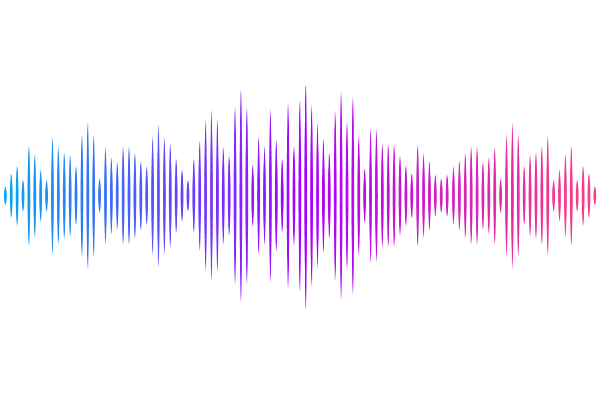Dynamics of mound repair behavior in termites

Dynamics of mound repair behavior in termites
Varma Raja, S.; Vats, A.; Prasad, P.; Pandey, C. K.; Sane, S. P.
AbstractTermites of the species Odontotermes obesus are found widely across the Indian peninsula. Their presence is visible due to the large over-ground mounds that they build across the landscape. These mounds house their entire colony, including major and minor workers, soldiers, the queen and king, and their brood. In addition, the termites also farm a specific variety of fungus within the mounds, which helps them break down the cellulose-rich food. The precise function of the mound architecture is the subject of some debate, and it has been argued that its structure serves physiological functions including thermoregulation or gas exchange for the entire colony. We hypothesized that if the mound structure indeed serves an important function, termites must be able to sense and repair any injury to their mound structure. To test this hypothesis, we created a hole in the mound wall and observed the dynamics of ensuing breach repair. The breach is quickly detected and repaired by the termites along a consistently sigmodial pattern involving the exponential recruitment of termites during the initial phases of repair, and a derecruitment of termites in the final phases. This behavior provides us with an assay to investigate various phenomena pertaining to mound-building, and to examine the sensory cues involved in detection and repair of the mound. From the basic considerations about the stimuli involved, we developed a logistic model to describe breach repair behavior, highlighting the critical role of a systemic cue in initiating this response. Through a series of experiments utilizing various behavioral assays, we identified the presence of light as this systemic cue that triggers mound repair. When light enters the mound, it triggers construction activity in termites, even though the major and minor workers responsible for repairs do not have image-forming eyes. This suggests that termites detect light through an extraocular mechanism